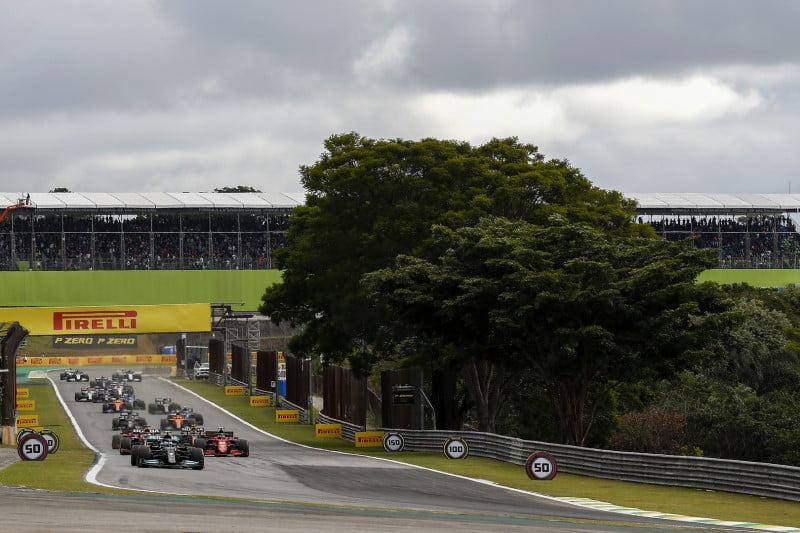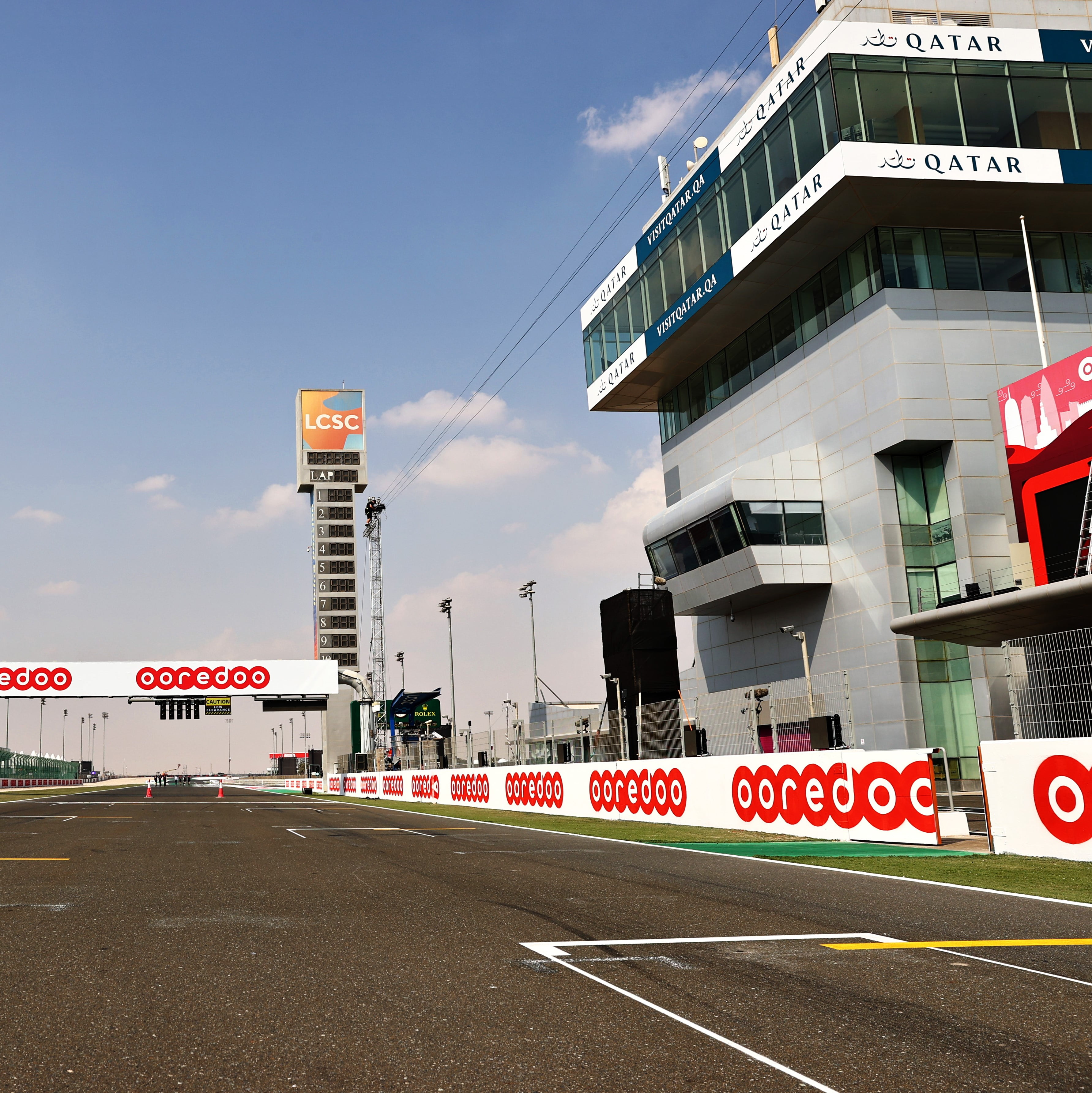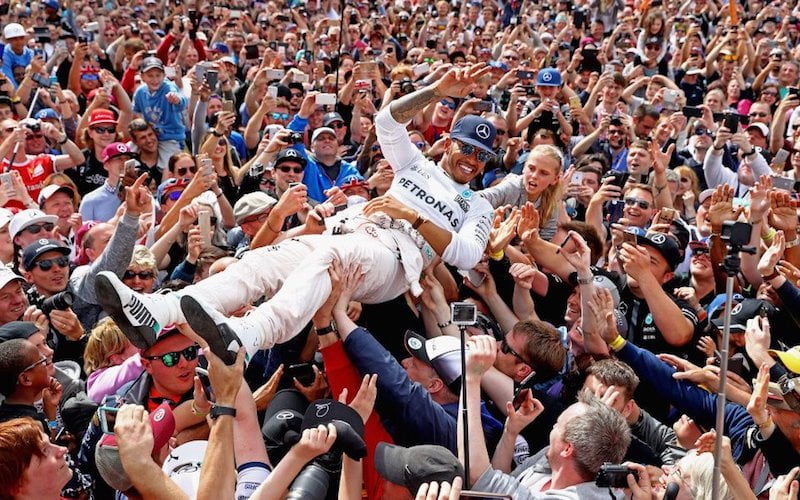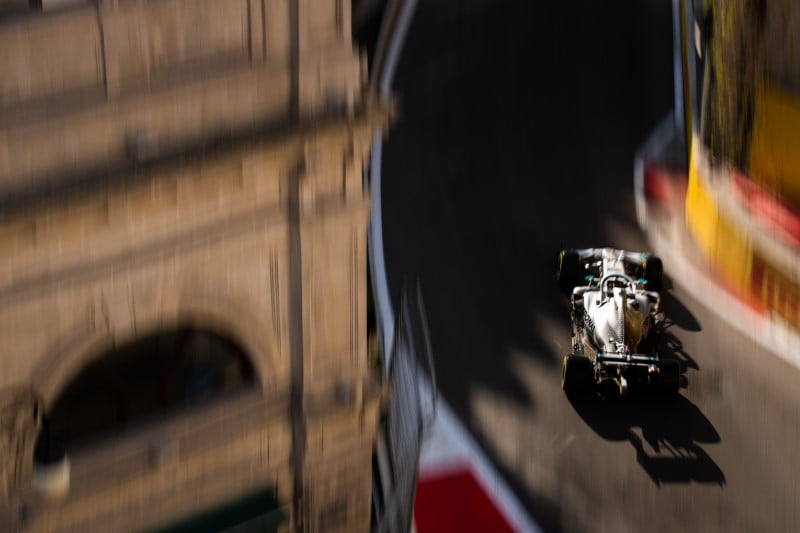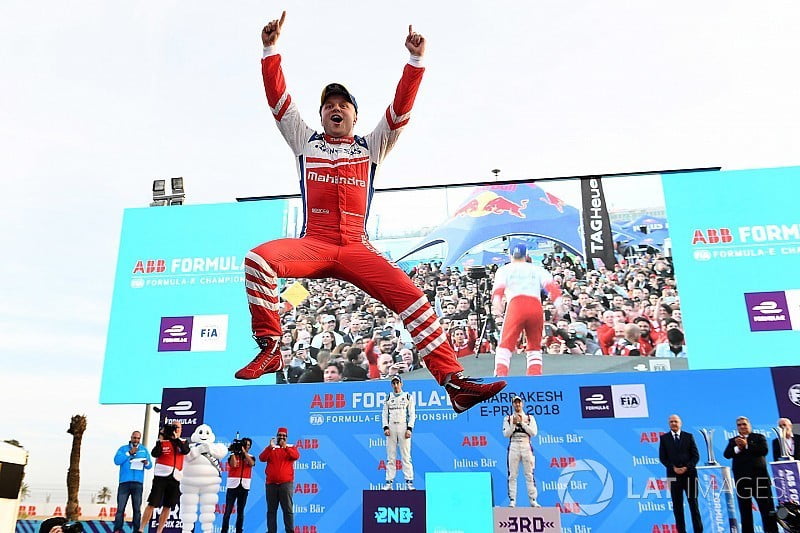‘Know Your F1 Circuit’ is a new series launched on my F1 blog. The posts under this series will be penned by Saumil Patel, an avid fan of the sport. You can follow the full series throughout the season by using the ‘Know Your F1 Circuit’ tag. This post focuses on the F1 facts, history & stats of the ‘Autódromo José Carlos Pace’ also known as Interlagos – the iconic venue that hosts the Brazilian Grand Prix.
Autódromo José Carlos Pace is a motorsport circuit popularly called Interlagos. It is located in the neighborhood of Interlagos, Cidade Dutra, São Paulo, Brazil at an altitude of 747m, making it the second highest track in terms of altitude on the Formula 1 calendar. São Paulo-Guarulhos is the closest international airport – 48 km with a travel time of just under an hour. Congonhas Airport although closer handles only domestic and chartered flights.
Did you know? Facts:
- The original lap distance (1973 – 1977 layout) was – 7960 meters
- Burrowing owls are a common sight at Interlagos
- Five Brazilian drivers have won the Brazilian Grand Prix (Emerson Fittipaldi, Nelson Piquet, Ayrton Senna, and Felipe Massa and Carlos Pace)
- Brazilian drivers have taken most poles – 10
- Honda-powered cars have only won twice at Interlagos – 1991 & 2019
- Michael Schumacher and brother Ralf Schumacher started from the top of the grid in 2001
- Seven drivers have won the Brazilian Grand Prix back-to-back
- Interlagos 2013 was Mark Webber’s final F1 race – he came in second
- 68% lap distance is at full throttle
- 2006 Brazilian Grand Prix was Michael Schumacher’s final race
- Interlagos has hosted five seasons’ final races
- Pierre Gasly and Carlos Sainz recorded the first podium finishes of their careers at the 2019 Brazilian Grand Prix
- Polesitters have a 36% probability of winning – lowest of all current circuits
- Michael Schumacher has the highest number of fastest laps – 5
- Rubens Barrichello is the only Brazilian driver who has never won on his home circuit
- In 2005, Fernando Alonso became the youngest Formula 1 World Champion (of that period)
Brazilian Grand Prix, The History:
The estate on which the circuit is constructed was bought by British entrepreneur and property developer Louis Romero Sanson for his project ‘Balneário Satélite da Capital’ in 1926. Essentially it extended the São Paulo city limits into its suburban areas by developing infrastructure and homes. Unfortunately, the 1929 US stock market debacle, political turmoil and the advent of the Great Depression crippled the Brazilian economy. All infrastructure development projects were shelved for an extended period. After more than a decade in 1938, Eusébio de Queiroz Mattozo (President of the Automobile Club of Brazil) convinced Sanson to complete the Interlagos circuit.
Sanson drew the design layout inspiration from New York’s Roosevelt Field Raceway and constructed the circuit which was inaugurated in May 1940. The circuit was originally named Autódromo de Interlagos. “Interlagos” literally means between lakes, with reference to the two manmade reservoirs, Guarapiranga and Billings which flank the area. These manmade reservoirs were constructed to ensure a steady supply of water and electricity to the city.
In 1985 the circuit was renamed Autódromo José Carlos Pace to honor Brazilian racing driver José Carlos Pace. Pace participated in seventy three Formula One World Championship Grand Prixes (One win, six podiums). He was killed in a private light aircraft accident in 1977 near São Paulo.
Saturday’s Sprint was WILD on Lap 1!#BrazilGP ?? #F1Sprint pic.twitter.com/3L0N87QHhl
— Formula 1 (@F1) November 14, 2021
1972 – 1977
The primary Formula 1 race (1972) was a non-championship race in line with the then FIA regulations which stipulated a demonstration race be held to endorse the track’s quality and safety guidelines. The race was won by Argentinean Carlos Reutemann.
The first World Championship status Brazilian Grand Prix was held in 1973. Defending Formula 1 World Champion and São Paulo local hero, Emerson Fittipaldi won the race comfortably driving a Lotus 72. The 1974 race was short and eventful. Initially the race start was delayed to clear broken glass from the circuit and later into the 32nd lap, the race was red flagged as the rains had made the racing conditions hazardous.
Emerson Fittipaldi once again won the race driving a McLaren M23. The next year was a 1 – 2 Brazilian affair, Emerson Fittipaldi was edged out by fellow Brazilian Carlos Pace driving a Brabham-Ford BT44B. This was the only Formula 1 race that Pace won. The 1976 race was won by defending world champion Niki Lauda driving a Ferrari 312T. The 1977 race was a battle between James Hunt driving a McLaren M23 and Carlos Reutemann driving a Ferrari 312T2B. Reutemann prevailed and Hunt trailed in second.
1979 – 1980
The 1979 event was completely dominated by the French Ligier-Ford team in their JS11s. They effortlessly scored a 1 – 2 finish. Jacques Laffite won the race obliterating Jean-Pierre Jarier’s 1975 pole time by 7 seconds and his teammate Patrick Depailler finished second.
The 1980 event originally scheduled at the Jacarepaguá circuit in Rio de Janeiro was relocated to Interlagos because of the sinking tarmac at the Rio circuit. Majority of the drivers voiced their concerns about the safety hazards at Interlagos (which was bumpy with inadequate barriers, deep ditches, and embankments) and called for a boycott which nearly succeeded.
For most of the race the French drivers Jean-Pierre Jabouille and René Arnoux in their turbocharged Renault RE20s were dominant till Jabouille’s turbo failed on lap 25. René Arnoux won the race, his first with a twenty one second lead over Italian driver Elio de Angelis driving a Lotus 81 who came in second.
1990 – 2021
After a decade of hiatus, Interlagos caught a break in 1990 when Rio declared it could not afford to continue the event. Luiza Erundina (Mayor of São Paulo) and Piero Gancia (President of the Brazilian Confederation of Motor Sports) teamed up and successfully brought Formula 1 Grand Prix back to São Paulo.
To ensure the circuit’s compliance to FIA requirements and safety regulations, major repair and upgradation work was initiated with a budget of 15 million dollars. A new race control tower and garages were constructed. The circuit length was reduced considerably and its layout redesigned. A new first corner (bypassing the old banked corner) plummeting downhill connected at Curva do Sol was constructed, the pit exit was extended along the Curva do Sol and corners before the uphill leading towards the pits were considerably tightened.
To ensure the uninterrupted continuance of the Grand Prix, regular track safety upgrades and infrastructural modifications have regularly featured in this period. During 1966 and 1999 the pit entry and exit were modified. In 2007, the circuit underwent major repairs and upgrades. To solve the bumpy, bone jarring surface the asphalt layer was completely replaced, which resulted in a smoother circuit surface. The pit lane entrance was modified to enhance better safety and a new grandstand was constructed.
In 2013, SAFER barriers replaced the concrete wall on the final corner. In 2014 an extensive $60 million upgradation was undertaken. The pit lane entry and exit were modified, the hillside behind the Laranjinha corner was censored and a concrete wall was built freeing much more space for the pit lane entry. The pit lane exit was relocated further back to add a new run-off area at the Senna-S corner and more space was added to the Curva do Sol. The circuit was resurfaced, new modern pit buildings were constructed with increased garage and paddock space.
Race day here is always a special race day ??#BrazilGP ?? #F1 pic.twitter.com/Mhc8rWzLrH
— Formula 1 (@F1) November 14, 2021
The last upgrade was completed in 2018. Twenty-one nine meters high night lighting towers were constructed at an interval of two hundred meters, each giving an output of 140,000 lumens. A total of 150 linear meters of lighting power with pivoting features to focus on points of interest.
Interlagos during this period has featured many exciting races, some memorable, some exhilarating and some controversial. Local hero Ayrton Senna won his first home Grand Prix handicapped by a failing gearbox. Despite the loss of his third, fourth and fifth gears he managed the win using his sixth gear without stalling.
In 2003, Italian driver Giancarlo Fisichella managed one of the most unlikely race wins. This wet race saw numerous Safety Car periods and was eventually reduced in length. During the ceremony Kimi Raikkonen was pronounced the winner. It was only when the controversial decision was overturned in the court that Giancarlo Fisichella was rightfully restored as the winner.
In 2008, Filipe Massa sensing victory had begun celebrating in front of his home crowd, but Hamilton had other plans. From third place he overtook Timo Glock with a few corners remaining and snatched the World Championship from Massa. Probably one of the most exciting race finishes ever.
2009 was the year of the underdog, Jenson Button starting P14 drove superbly to cross the finish line at P5. During the 2012 title decider, Sebastian Vettel took his third World Championship title by three points with a dramatic late charge.
The 2018 race was a humbling experience for race leader Verstappen who was comfortably increasing his lead margin over Hamilton trailing in second till he made contact with Ocon on lap 44 which sent them both spinning. Hamilton seized the opportunity to take the win.
Unable to contain his anger, post-race Verstappen confronted Ocon which led to altercations and a bit of shoving around for which Verstappen had to serve community service time.
During this period the most successful driver was Michael Schumacher with 4 wins and Ferrari the most successful constructor with 7 wins.
24 laps. 15 overtakes.
Only one @LewisHamilton. ?#BrazilGP ?? #F1Sprint @MercedesAMGF1 pic.twitter.com/JLxIS1MZCv
— Formula 1 (@F1) November 13, 2021
Interlagos, The Circuit:
The circuit’s characteristics and design layout makes Interlagos a uniquely challenging circuit. Anti-clockwise direction, high altitude, variable gradients, undulations, two full throttle long straights and a combination of fifteen corners – sweeping fast to technically slow with a tortuous mid-section. More like a wild rollercoaster ride winding back on itself.
The direction of the circuit subjects’ additional strain on the drivers especially when they are subjected to G-Forces as high as 5G at corner seven “Curva do Laranjinha”. At a higher altitude the car’s transmission system is under much more stress, more so at Interlagos where the average gear change per lap is 42. The turbocharger will be spinning at nine percent higher RPMs to compensate the deficit oxygen density in the air and brakes will heat much faster than at sea level.
It’s a reasonably fast circuit and offers good overtaking opportunities on corner one, Senna Esses, braking zone entering corner four and the two DRS designated straights where slipstreaming is a bonus, making for an interesting race.
The element of weather uncertainty adds yet another course altering dimension to the race.
- Circuit Certification: Grade 1
- Circuit Classification: Permanent Circuit
- Circuit Direction: Anti – Clockwise
- Pole Position: Right-hand side of the track
- Circuit Length: 4.309 km
- Race Distance: 305.909 km
- No. of Laps: 71
- Distance Grid To Turn One: 334 m
- Longest Flat-Out: 1394 m
- Number of Corners: 15 (5 right & 10 left)
- DRS Zones: 2 (30m after turn 3 & 160m before turn 15)
- Track Width: 13 m to 15 m
- Track Deviation: 43 m
- Gear Changes Per Lap: *42
- Fuel Use Per Lap: *1.35 kg
- Pit Lane Time Loss: *23s
- Race Lap Record: 1:10.540 Valtteri Bottas.2018 – Mercedes W09
- Lap Record: 1:07.281 Lewis Hamilton, 2018 – Mercedes W09
- Inaugurated: 1972
- Most wins – Drivers: 4 – Michael Schumacher (1994, 1995, 2000 & 2002)
- Most wins – Constructors: 9 – Ferrari (1976, 1977, 1990, 2000, 2002, 2006, 2007, 2008 & 2017)
* estimated
Saumil Patel is an avid fan of Formula 1. He aims to take you deeper into the sport by uncovering the lesser read.
